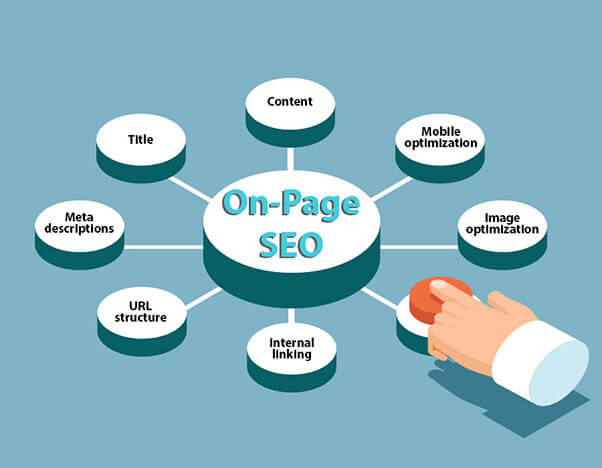
On-page SEO is crucial for improving your website's visibility and ranking on search engine results pages (SERPs). Here are some of the best techniques for effective on-page SEO:
1. Keyword Research and Optimization
- Identify Keywords: Use tools like Google Keyword Planner, Ahrefs, or SEMrush to find relevant keywords for your content.
- Use Keywords Strategically: Place your primary keyword in the title, first paragraph, headers (H1, H2, etc.), and naturally throughout the content. Avoid keyword stuffing.
2. High-Quality Content
- Original and Valuable Content: Create content that provides value, is unique, and addresses the needs or questions of your audience.
- Length and Depth: Longer, comprehensive articles generally perform better. Aim for in-depth coverage of topics.
3. Title Tags
- Compelling Titles: Craft engaging and descriptive titles. Include your primary keyword, preferably towards the beginning.
- Length: Keep titles under 60 characters to ensure they display correctly in SERPs.
4. Meta Descriptions
- Informative and Persuasive: Write meta descriptions that accurately describe the content and include a call to action.
- Keyword Inclusion: Incorporate the primary keyword, but keep the description under 155 characters.
5. Header Tags (H1, H2, H3, etc.)
- Organize Content: Use header tags to structure your content, making it easier to read and understand.
- Keyword Usage: Include relevant keywords in your header tags.
6. URL Structure
- Simple and Descriptive: Use clear and descriptive URLs that include your primary keyword.
- Avoid Special Characters: Keep URLs clean by avoiding special characters and unnecessary numbers.
7. Internal Linking
- Contextual Links: Link to other relevant pages on your website to help users navigate and improve link equity.
- Anchor Text: Use descriptive anchor text that includes relevant keywords.
8. Image Optimization
- Alt Text: Add descriptive alt text to your images, incorporating keywords where appropriate.
- File Names: Use keyword-rich file names for your images.
- Compression: Optimize image size to ensure fast loading times without compromising quality.
9. Mobile-Friendliness
- Responsive Design: Ensure your website is mobile-friendly, providing a good user experience across all devices.
- Mobile Speed: Optimize for fast loading times on mobile devices.
10. Page Speed
- Optimize Loading Times: Use tools like Google PageSpeed Insights to identify and fix issues that slow down your website.
- Minimize HTTP Requests: Reduce the number of requests made by your website.
- Enable Compression: Use Gzip or Brotli to compress files.
11. User Experience (UX)
- Readable Content: Use easy-to-read fonts, appropriate font sizes, and sufficient white space.
- Engagement: Ensure your site is easy to navigate, with a clear structure and intuitive layout.
12. Schema Markup
- Structured Data: Implement schema markup to help search engines understand your content and improve how your pages are displayed in SERPs.
13. Secure Website (HTTPS)
- SSL Certificate: Ensure your website uses HTTPS to secure user data and improve trust.
14. Social Sharing
- Social Buttons: Add social sharing buttons to your content to increase visibility and traffic.
15. Analytics and Monitoring
- Track Performance: Use tools like Google Analytics and Google Search Console to monitor your website’s performance and make data-driven decisions.
- Regular Audits: Conduct regular SEO audits to identify and fix issues.
By implementing these on-page SEO techniques, you can significantly improve your website’s search engine visibility, user experience, and overall performance.
HERES Some Interview prepration for Seo Click Here https://smmneha.blogspot.com/2024/05/seo-interview-questions.html




.png)

0 Comments